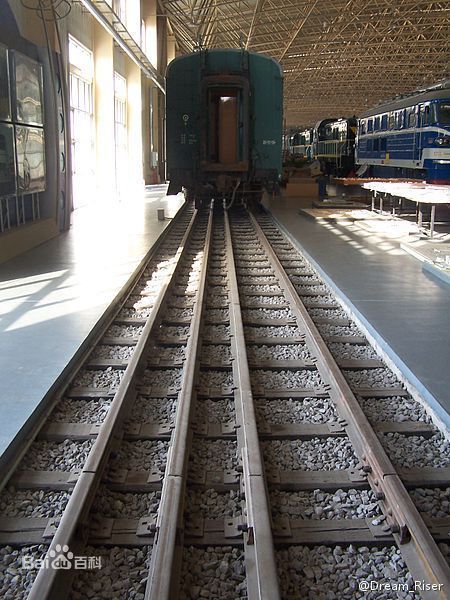How The Standard Rail Is Defined
Standard rail (Standard gauge) refers to the International Railway Association in 1937 to develop 1435 mm (equal to the British 4 feet 8.5 inches) of the standard gauge, the gauge is wider than the standard rail called the wide rail, narrow is called narrow rail. About 60% railroad tracks of the world are standard rails.
The standard rail is first made by the UK, which first used the railroad. Design and construction of Staunton and Darlington railways British engineer Robert Stevenson made a 4-foot 8.5-gauge gauge and successfully persuaded the train manufacturer to produce 4-foot 8.5-inch (ie 1435 mm) gauge locomotives and vehicle. The success of Stevenson's design of the railway is imitation of the object, but also make this track become popular. In 1845 the British royal family suggested using 4 feet 8.5 inches as the standard gauge. In 1846 the British Parliament passed a bill requiring all railways to use standard rails in the future. In addition to the Great Western Railway (Great Western Railway) is the use of wide rail, the major railways of UK are standard rail. The Great Western Railway was also converted into a standard track in 1892.
